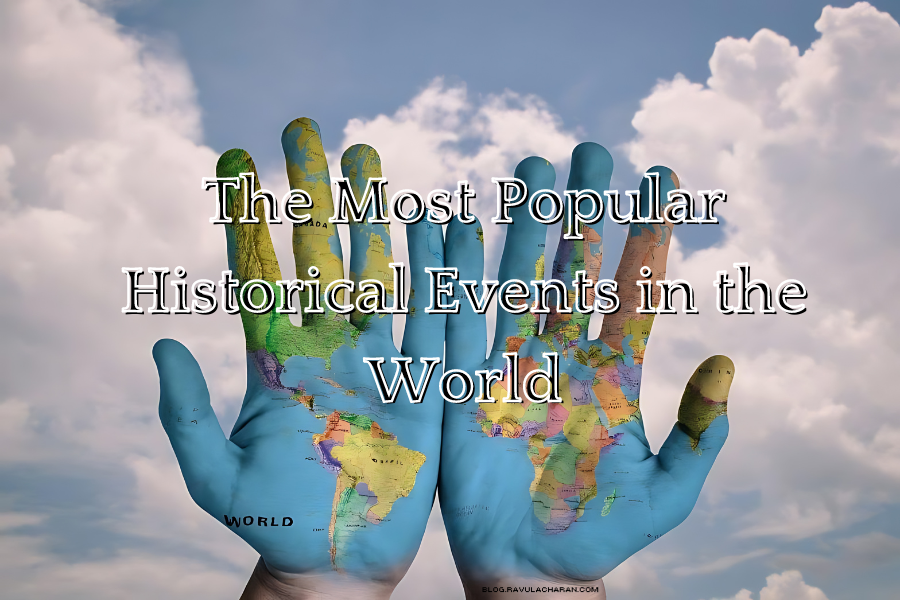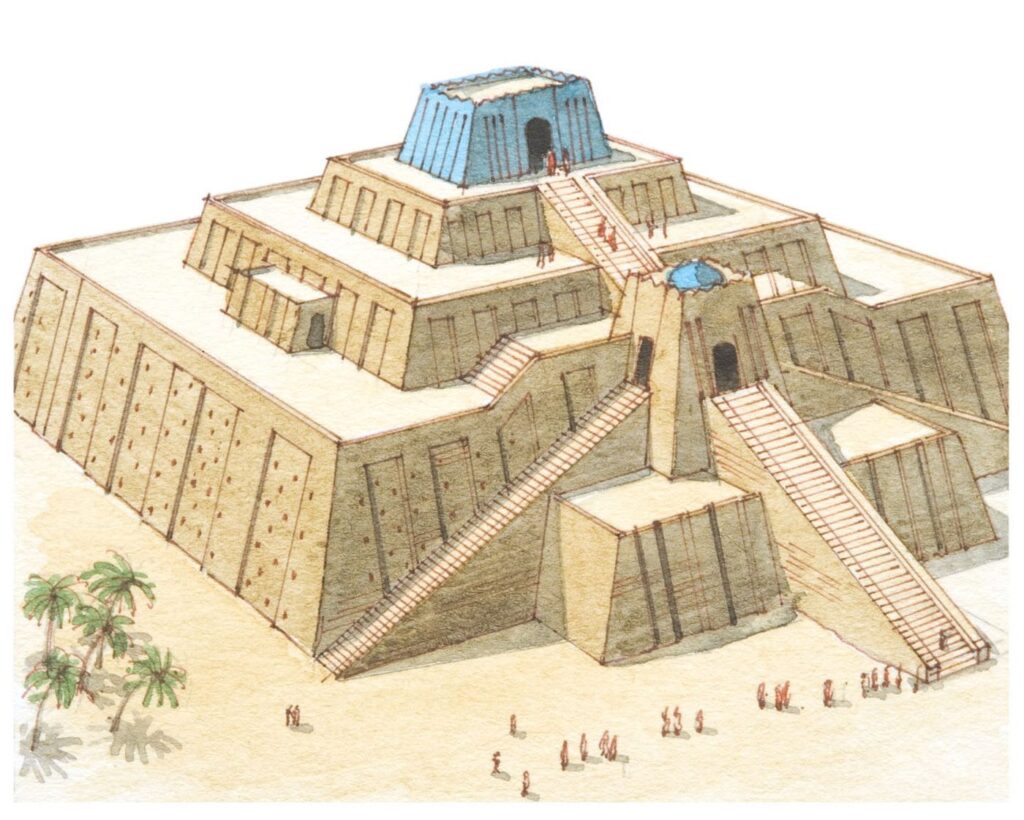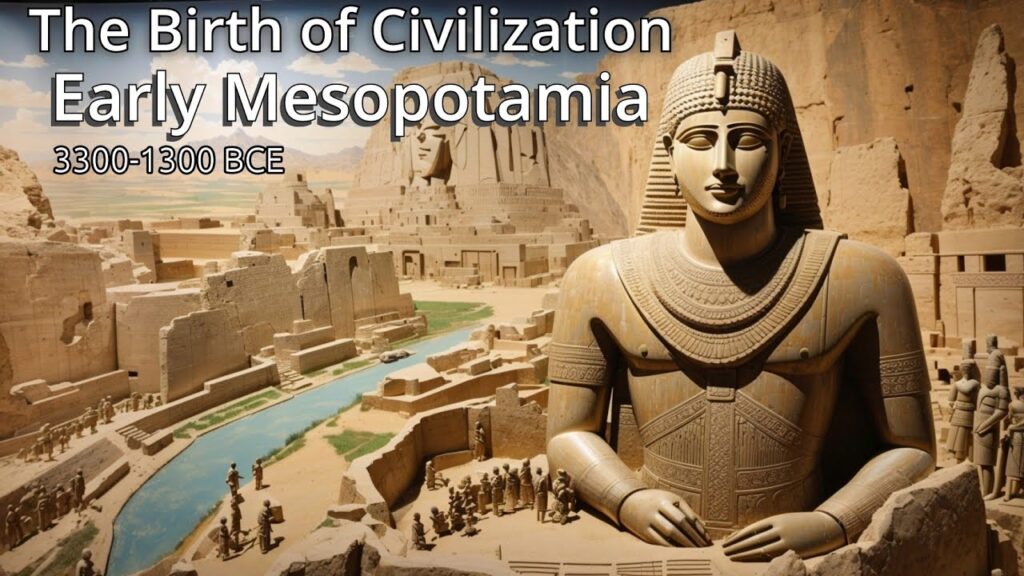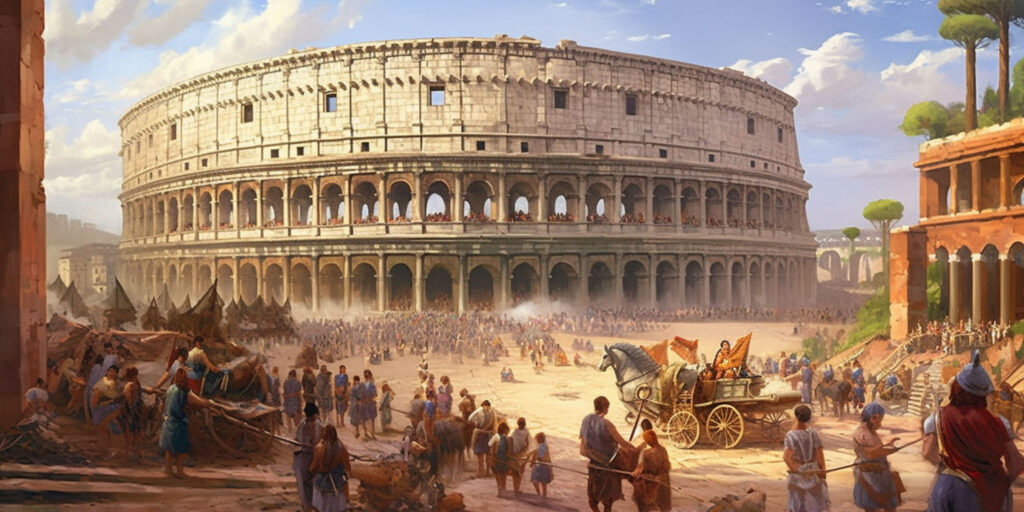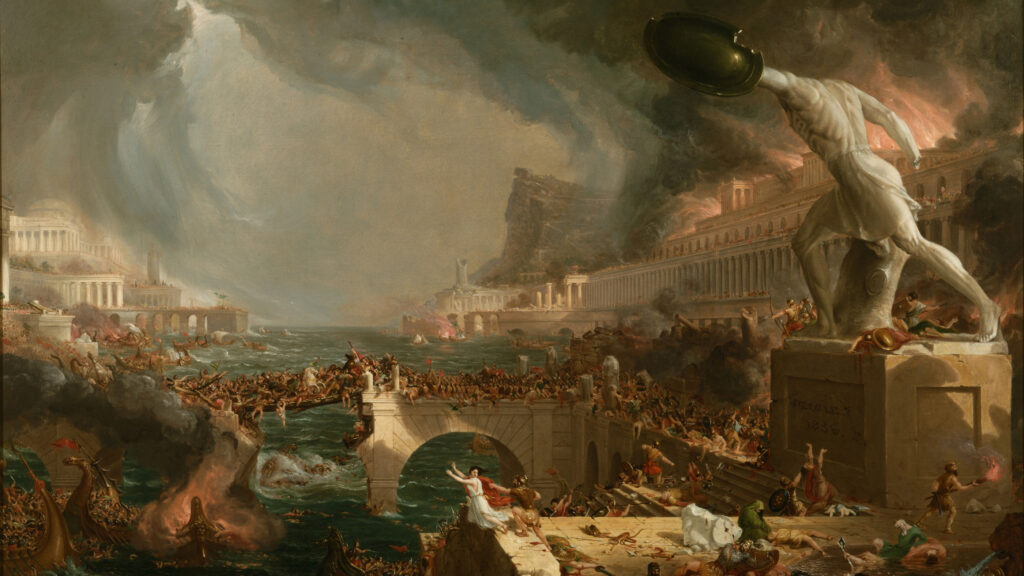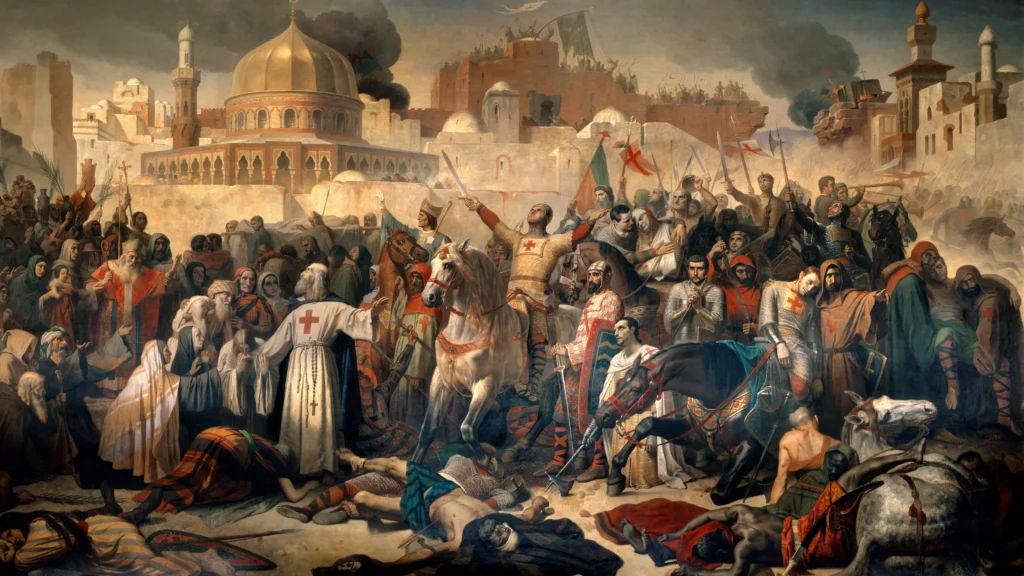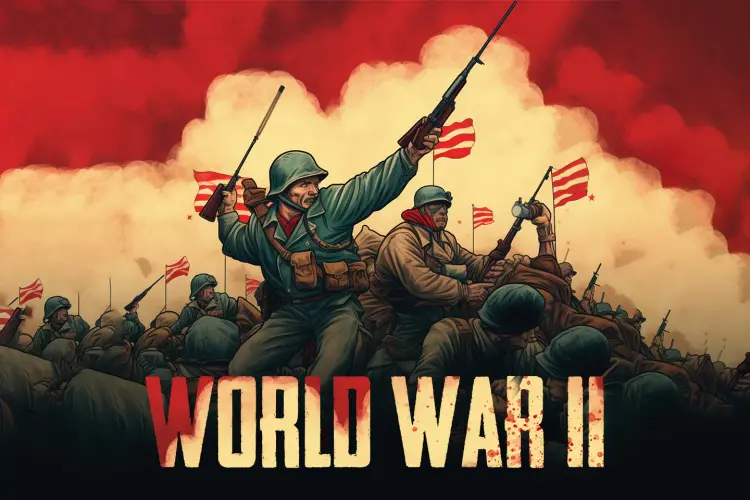
World War II: A Comprehensive Overview
Introduction
World War II (1939-1945) was the most widespread and deadliest conflict in human history, involving over 30 countries and resulting in an estimated 70-85 million deaths. The war reshaped the global political landscape, leading to significant changes in international relations, society, and technology. This article explores World War II from its origins and key events to its lasting impacts and legacy.
Origins of World War II
Treaty of Versailles and the Aftermath of World War I
The seeds of World War II were sown in the aftermath of World War I:
- Treaty of Versailles (1919): The treaty imposed harsh penalties on Germany, including territorial losses, military restrictions, and heavy reparations. The “war guilt” clause placed full blame for the war on Germany, fostering resentment and economic hardship.
- Economic Instability: The Great Depression of the 1930s exacerbated economic instability, leading to high unemployment and political unrest in many countries, particularly in Germany.
Rise of Totalitarian Regimes
The interwar period saw the rise of totalitarian regimes in several countries:
- Nazi Germany: Adolf Hitler and the Nazi Party rose to power in Germany in 1933, promoting a platform of nationalism, militarism, and anti-Semitism. Hitler’s aggressive foreign policy aimed to overturn the Treaty of Versailles and expand German territory.
- Fascist Italy: Benito Mussolini established a fascist dictatorship in Italy, seeking to revive the Roman Empire and expand Italian influence in Europe and Africa.
- Imperial Japan: Japan, under military leadership, pursued an expansionist policy in Asia, seeking to dominate the region and secure resources.
Failure of the League of Nations
The League of Nations, established after World War I to maintain peace, failed to prevent aggression by totalitarian regimes:
- Weak Enforcement: The League lacked the authority and military power to enforce its decisions. Aggressive actions by Japan in Manchuria (1931), Italy in Ethiopia (1935), and Germany in Europe went largely unchecked.
- Appeasement: Western democracies, particularly Britain and France, pursued a policy of appeasement, hoping to avoid another war by conceding to some of Hitler’s demands. This emboldened the aggressors and allowed them to expand their territories.
Key Events Leading to War
German Expansion and the Outbreak of War
Hitler’s aggressive policies and territorial expansion led directly to the outbreak of World War II:
- Reoccupation of the Rhineland (1936): Germany remilitarized the Rhineland, violating the Treaty of Versailles and the Locarno Treaties.
- Anschluss (1938): Germany annexed Austria, uniting it with the Third Reich.
- Munich Agreement (1938): Britain and France agreed to Germany’s annexation of the Sudetenland in Czechoslovakia, hoping to avoid war. However, in 1939, Germany occupied the rest of Czechoslovakia.
- Non-Aggression Pact (1939): Germany and the Soviet Union signed the Molotov-Ribbentrop Pact, agreeing to divide Eastern Europe and not attack each other.
Invasion of Poland
The invasion of Poland marked the beginning of World War II:
- Invasion (September 1, 1939): Germany invaded Poland, using blitzkrieg tactics involving rapid, coordinated attacks by aircraft, tanks, and infantry.
- Allied Response: Britain and France declared war on Germany on September 3, 1939, in response to the invasion, marking the official start of World War II.
Major Theaters and Campaigns
European Theater
The European Theater was the primary battleground of World War II:
- Fall of France (1940): Germany invaded and quickly defeated France using blitzkrieg tactics. France capitulated, and the Vichy regime was established in the southern part of the country.
- Battle of Britain (1940): Germany launched an aerial campaign against Britain, aiming to achieve air superiority and pave the way for an invasion. The Royal Air Force (RAF) successfully defended Britain, thwarting the invasion plans.
- Operation Barbarossa (1941): Germany invaded the Soviet Union in a massive surprise attack, violating the Non-Aggression Pact. Despite initial successes, the invasion ultimately stalled due to fierce Soviet resistance and harsh winter conditions.
- D-Day (1944): Allied forces launched Operation Overlord, the invasion of Normandy, on June 6, 1944. This marked the beginning of the liberation of Western Europe from Nazi occupation.
Pacific Theater
The Pacific Theater saw intense and brutal combat between Allied forces and Japan:
- Attack on Pearl Harbor (1941): Japan launched a surprise attack on the U.S. naval base at Pearl Harbor, Hawaii, on December 7, 1941, prompting the United States to enter the war.
- Battle of Midway (1942): A decisive naval battle in which the U.S. Navy defeated the Japanese fleet, turning the tide in favor of the Allies.
- Island Hopping: Allied forces adopted a strategy of capturing key islands, gradually moving closer to Japan. Major battles included Guadalcanal (1942-1943), Iwo Jima (1945), and Okinawa (1945).
- Atomic Bombings (1945): The United States dropped atomic bombs on Hiroshima and Nagasaki in August 1945, leading to Japan’s surrender and the end of World War II.
Other Theaters
World War II also saw significant action in other regions:
- North African Campaign: The Allies and Axis powers fought for control of North Africa. Key battles included El Alamein (1942), which marked a turning point in favor of the Allies.
- Italian Campaign: After defeating Axis forces in North Africa, the Allies invaded Italy in 1943. The campaign led to the fall of Mussolini and Italy’s surrender, although fighting continued until 1945.
- Eastern Front: The Soviet Union bore the brunt of the fighting against Germany, with major battles including Stalingrad (1942-1943) and Kursk (1943). The Soviet advance ultimately led to the capture of Berlin in 1945.
The Holocaust
One of the most horrific aspects of World War II was the Holocaust:
- Nazi Persecution: The Nazi regime systematically persecuted Jews, Roma, disabled individuals, political dissidents, and other groups deemed undesirable.
- Concentration Camps: Millions were imprisoned in concentration camps, where they faced brutal conditions, forced labor, and mass executions.
- Final Solution: The Nazis implemented the “Final Solution,” a plan to exterminate the Jewish population. Six million Jews were murdered in gas chambers, mass shootings, and death marches.
The Home Front
Economic Mobilization
The war effort required massive economic mobilization:
- War Production: Countries converted civilian industries to produce war materials, including weapons, vehicles, and supplies. Governments established control over key industries to ensure adequate supplies.
- Rationing: Food and resources were rationed to support the war effort, leading to shortages and changes in civilian consumption.
Propaganda
Propaganda played a crucial role in maintaining public support for the war:
- Media Control: Governments controlled information through censorship and propaganda campaigns, shaping public perception of the war.
- Patriotism and Recruitment: Posters, films, and speeches encouraged enlistment, promoted national unity, and vilified the enemy.
Social Changes
The war brought significant social changes:
- Women’s Roles: With men at the front, women took on new roles in the workforce, including in factories, offices, and as nurses. This shift contributed to changing perceptions of gender roles.
- Labor Movements: The demand for labor led to improved working conditions and wages, but also to strikes and labor unrest as workers sought greater rights.
The End of the War
Allied Victory in Europe
The war in Europe ended with the defeat of Nazi Germany:
- Soviet Advance: The Soviet Union advanced from the east, capturing Berlin in May 1945.
- Western Advance: Allied forces liberated Western Europe, culminating in the meeting of American and Soviet troops at the Elbe River.
- German Surrender: Germany officially surrendered on May 8, 1945, known as V-E Day (Victory in Europe Day).
Allied Victory in the Pacific
The war in the Pacific ended with Japan’s surrender:
- Atomic Bombings: The United States dropped atomic bombs on Hiroshima and Nagasaki in August 1945, leading to Japan’s surrender.
- Japanese Surrender: Japan officially surrendered on September 2, 1945, known as V-J Day (Victory over Japan Day).
Impacts of World War II
Political Changes
The war led to significant political upheaval:
- End of Totalitarian Regimes: The defeat of Nazi Germany and Imperial Japan ended totalitarian rule in these countries, leading to the establishment of democratic governments.
- Emergence of Superpowers: The United States and the Soviet Union emerged as superpowers, leading to a bipolar world order and the beginning of the Cold War.
- Decolonization: The war weakened European colonial powers, leading to a wave of decolonization in Asia, Africa, and the Middle East.
Economic Consequences
The war had lasting economic impacts:
- Reconstruction: The war-torn regions of Europe and Asia required significant reconstruction efforts, leading to economic recovery programs such as the Marshall Plan.
- Economic Boom: The post-war period saw an economic boom in the United States and Western Europe, driven by increased industrial production and consumer demand.
Social and Cultural Changes
The war also brought profound social and cultural shifts:
- Changes in Gender Roles: The war accelerated changes in gender roles, with women gaining greater rights and entering the workforce in unprecedented numbers.
- Art and Literature: The trauma of war influenced art and literature, leading to movements such as existentialism and the works of writers like George Orwell and Albert Camus.
Technological Advancements
Technological innovations during the war had lasting impacts:
- Military Technology: Advances in military technology, including radar, jet engines, and nuclear weapons, reshaped modern warfare.
- Medical Advances: The war spurred developments in medical technology and treatments, including advancements in antibiotics and surgical techniques.
Conclusion
World War II was a transformative conflict that reshaped the political, economic, and social landscape of the 20th century. It ended totalitarian regimes, redrew borders, and set the stage for the Cold War and the decolonization of much of the world. The war’s legacy includes profound changes in international relations, the role of technology in warfare, and the recognition of the need for global cooperation to maintain peace. Understanding World War II is crucial to comprehending the complexities of modern history and the origins of contemporary geopolitical issues.

